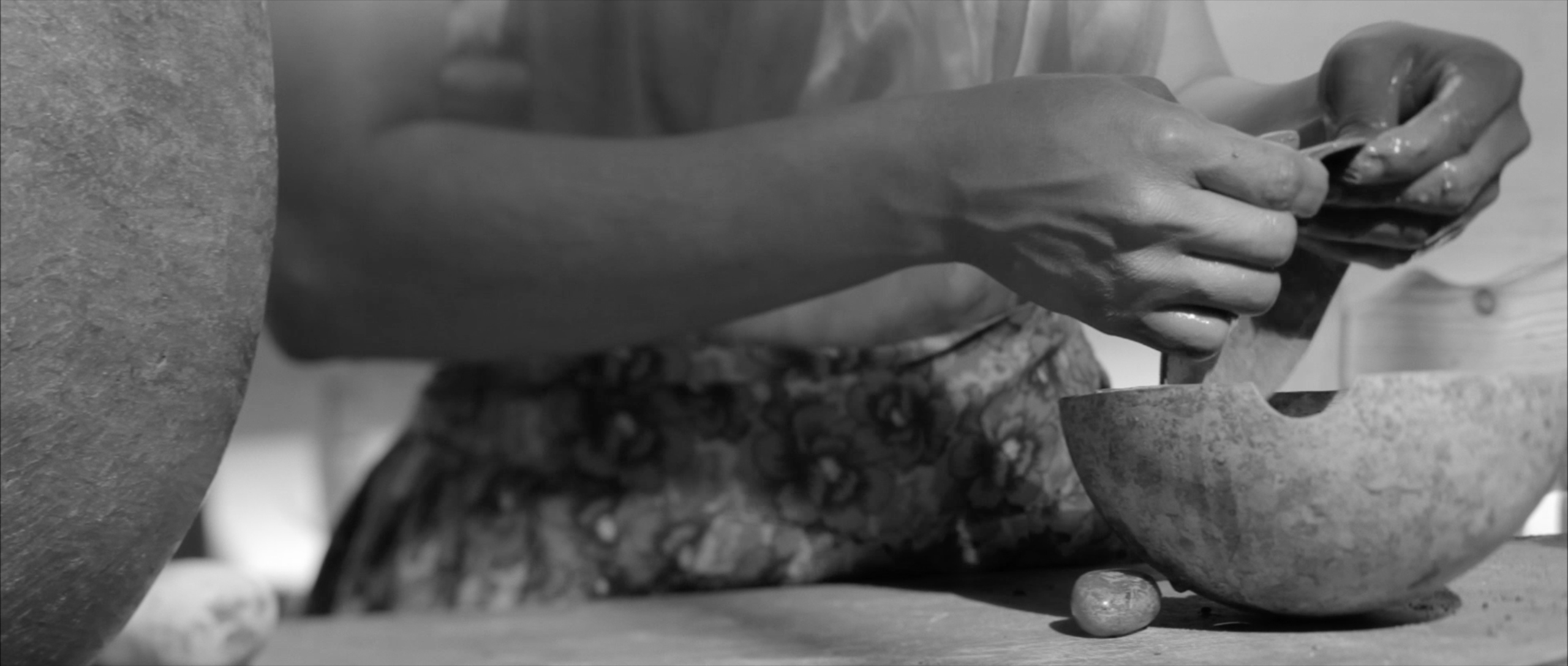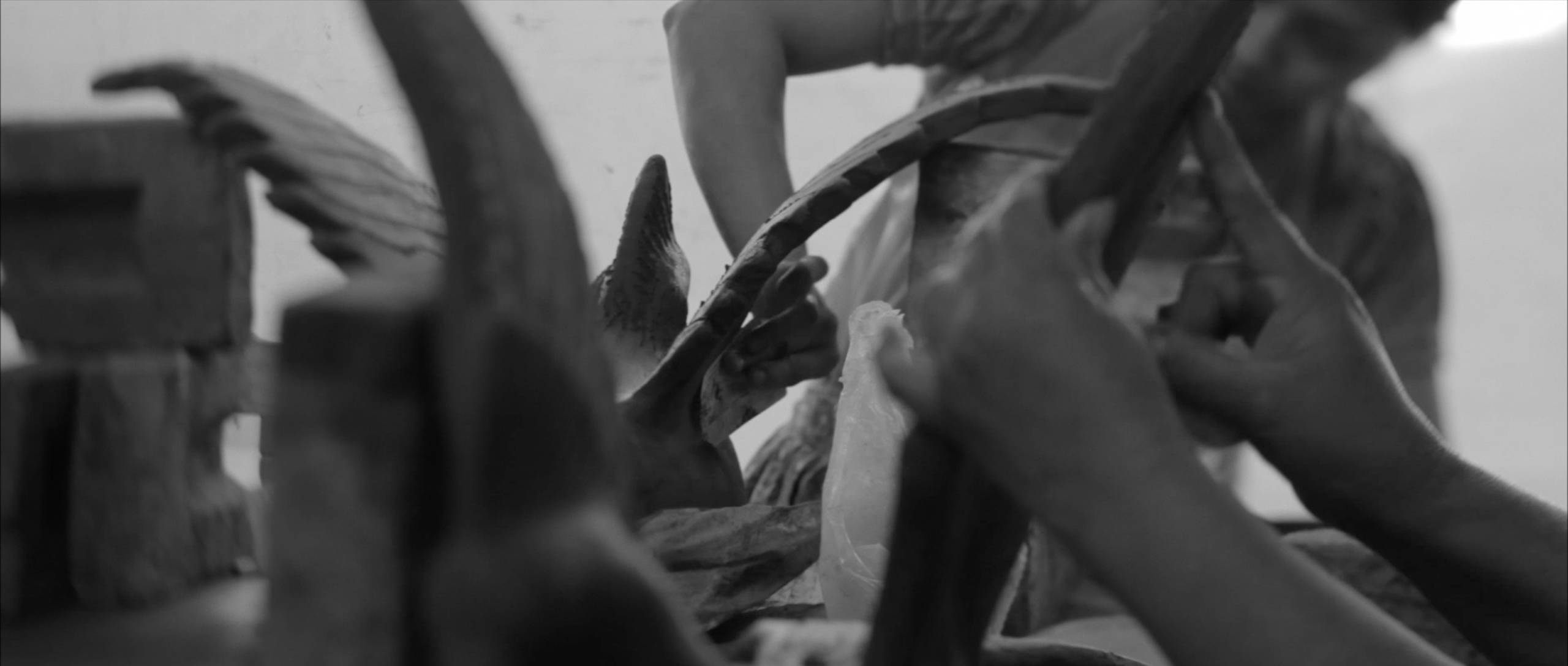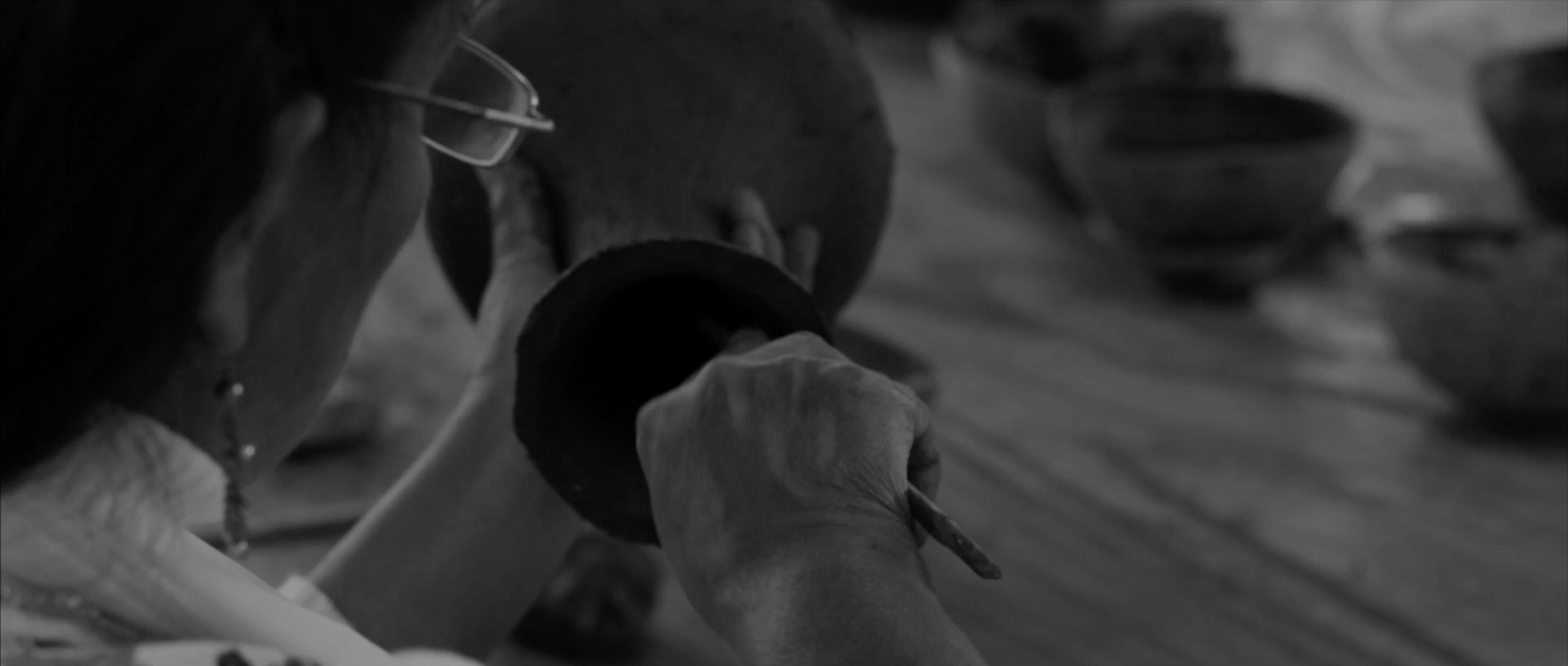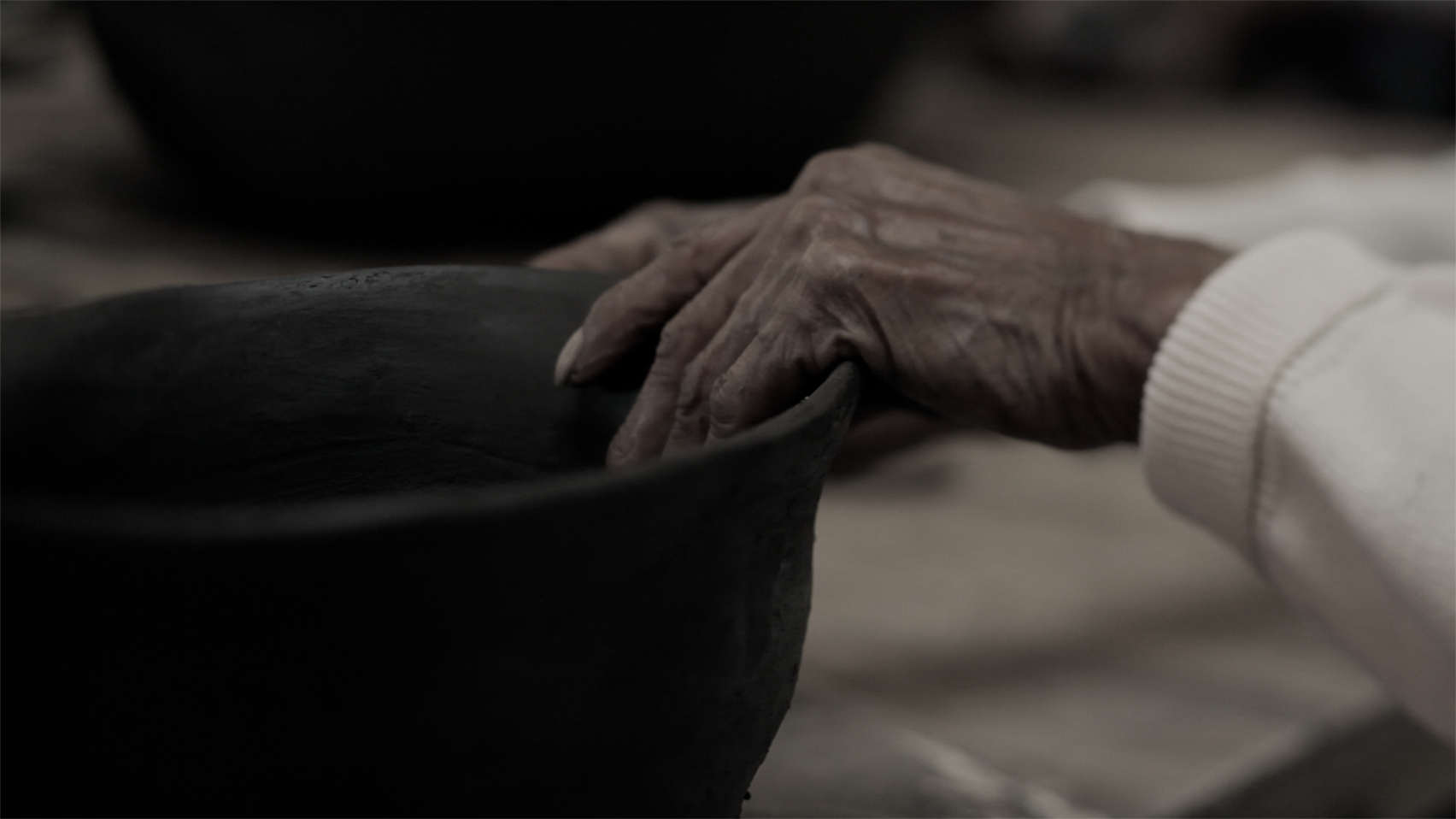Pottery making is one of the oldest and most significant cultural expressions in human history. In Mexico, this practice has not only been a means of creating utensils and decorative objects, but has also served as a vehicle for expressing the cultural identity of diverse communities. Through ancestral techniques passed down from generation to generation, Mexican potters have managed to keep alive a tradition that reflects the connection between humans and the earth.
Pottery making in Mexico has roots dating back thousands of years, with evidence dating back to pre-Hispanic civilizations such as the Mexica, Zapotec, and Mixtec. Each of these cultures developed its own techniques and styles, influenced by the natural resources available in their regions. Clay, water, and fire are the fundamental elements in this process, and their handling has been perfected over time.
Some researchers believe that Mesoamerican settlers began their pottery-making skills between 2000 BC and 1521 AD (the period of unglazed pottery). During this period, pottery production was achieved using techniques such as pastillage, burnishing, sgraffito, and many others. After this period, and until 1960, glazed pottery appeared; later, other techniques such as high-temperature pottery were introduced.
The beginning of glazed pottery production in our country dates back to the manufacture of the earthenware known as majolica (from Majorca), known as “talavera.” Its production began in the city of Puebla at the hands of the first Spaniards to settle there.

One of the most iconic techniques is the use of the potter’s wheel, which allows the clay to be shaped uniformly. However, many communities still opt for traditional methods, such as hand-molding, which allows for greater customization and connection with the created object. The decoration of the pieces is also crucial; techniques such as sgraffito, painting, and the use of engobes are used to embellish the works, often with motifs that reflect the community’s worldview.
Firing is another essential step in pottery making. Traditionally, wood-fired kilns are used, which not only provide heat but also give each piece a unique character. The temperature and type of fuel can influence the color and texture of the finished product, making each creation unique.
In addition to the techniques, pottery in Mexico is imbued with symbolism. Each piece tells a story, whether about daily life, religious beliefs, or historical events. For example, in some communities, pottery objects are used in rituals and ceremonies, which highlights their importance beyond the utilitarian.
Pottery and ceramics mean the same thing, the art of making clay objects, except that the first comes from the Arabic language and the second from Greek.
Despite the challenges they have faced throughout generations, the Totonac have demonstrated a firm commitment to preserving their customs and way of life. This commitment has materialized through the creation of the Center for Indigenous Arts (CAI), whose goal is to transmit their teachings, art, values, and culture. This educational space, comprised of 16 “school houses” specializing in various disciplines, from ceramics to traditional dance, has become a benchmark in the region.
In this sense, the Center for Indigenous Arts “The Splendor of the Artists” (Xtaxkgakget Makgkaxtlawana in Totonac), established in 2006, has become a model to follow in the region for its contributions to the conservation and transmission of a living heritage and the promotion of artistic creativity.
The term “Totonac” comes from “totonacatl,” which refers to the inhabitants of the province of Totonacapan. In their language, this word is composed of “tutu,” meaning “three,” and “naku’,” which translates as “heart,” which is interpreted as “three hearts.” The Totonac use this term to refer to their three representative centers: Cempoala, El Tajín, and Teayo Castle, which symbolize the pillars of their culture.
The Totonacapan region encompasses an ancient perimeter of Totonac influence that stretched from El Tajín and Papantla in the north to Cempoala in the south, through Xalapa. Some authors have suggested that the term “Totonac” means “man of the hot land.”

The Totonac culture, native to the Veracruz region, is renowned for its rich pottery-making tradition, which reflects not only the technical skill of its artisans but also their worldview and connection with the natural environment. Totonac pottery is an outstanding example of how art can be a means of preserving cultural identity and transmitting ancestral knowledge.
Techniques and Materials
Totonac potters use local clay, which is carefully selected and prepared. The process begins with the collection of clay, which is mixed with water and kneaded to achieve the proper consistency. The hand-molding technique is predominant in this community, where artisans shape their pieces without the aid of a wheel, allowing for a closer connection with the material and a more authentic expression of their creativity.
One of the distinctive characteristics of Totonac pottery is the use of burnishing, one of the oldest techniques in the history of pottery, which gives the pieces a water-resistant texture and a glossy finish. The decorations are achieved through processes such as pastillage and sgraffito, which highlight the artisans’ skill and creativity. The pottery-making process involves a profound respect for Mother Earth. Before collecting the sand, a ceremony is held to obtain its permission. The preparation of the clay is equally significant; it requires knowledge and talent to properly shape it. The Totonac pot, a symbol of their community’s identity, is created from clay using techniques that have been perfected over generations.

The Firing Process
The firing of the pieces is a crucial moment in Totonac pottery making. Traditionally, wood-fired kilns are used, which allow for adequate temperatures to be reached to vitrify the clay. This process not only transforms the material but also infuses the pieces with a uniqueness that distinguishes them. The variability in temperature and the type of wood used can result in different shades and textures, adding artistic value to each creation.
Cultural and Social Function
Totonac pottery is not only an art; It is a practice deeply intertwined with community life. The objects created, ranging from everyday utensils to ceremonial pieces, serve specific functions in rituals and celebrations. For example, pottery offerings are common in religious ceremonies, where they are used to honor ancestors and deities. This highlights the role of pottery as a means of spiritual and cultural connection.
The most common uses of pottery are domestic, ornamental, ritual or recreational.
Furthermore, pottery has been a vehicle for the transmission of knowledge and skills between generations. Young people learn from elders, who teach them not only the techniques but also the importance of tradition and the meaning of each piece. This teaching and learning process strengthens community ties and ensures the continuity of their cultural heritage.

The Totonac pottery of Veracruz is a reflection of their history, their environment, and their identity. Through ancestral techniques that have endured over time, Totonac potters have created an artistic legacy that transcends generations. Their work not only provides functional objects but also tells stories, preserves traditions, and honors the connection to the land and spirituality. In an ever-changing world, Totonac pottery stands as a symbol of cultural resilience and a celebration of human creativity. The importance of this tradition lies in its ability to unite the community and keep alive the essence of a people who, through their art, continue to tell their story.
In Mexico, pottery is a living testament to the cultural richness and diversity of its peoples. The ancestral techniques that survive to this day are not only a legacy of manual skills, but also of values, beliefs, and traditions that shape the identity of communities. In an increasingly globalized world, it is essential to recognize and preserve these practices, not only as a cultural heritage, but as a link to our roots and a means of artistic expression. Pottery, at its core, is a celebration of human creativity and a reminder of the deep connection we have with the land we inhabit.
Clay, also known as mud, is obtained from the earth, from a rock called feldspathic. When it gets wet, it produces kaolinite, forming a kind of mud. It is then kneaded and left to dry in the sun, and may or may not be placed in a kiln to seal the piece.

Pottery is one of the main branches of folk art distributed throughout Mexico. Its importance lies precisely in this widespread distribution and, of course, in the finesse and beauty with which artisans shape the pieces. Around 75 pottery centers in the country stand out for the mastery of their artisans. For example, in Puebla, we find Acatlán with its pitchers, bowls, apaxtles, and chimbules; in Izúcar de Matamoros, animal dolls, candlesticks, and the famous trees of life stand out; in Huaquechula, figures are carved for the Day of the Dead and Christmas. In San Bartolo Coyotepec, Oaxaca, pots, pitchers, pichanchas, and mermaids are produced; Jamiltepec stands out for its pre-Hispanic toys; Tehuantepec for its dolls and little horses; and San Blas Atempa for its pots and water-cooling jars.
However, the tradition faces contemporary challenges. Many family workshops are disappearing as new generations opt for more profitable careers and the elderly retire. Revaluing these cultural practices and fostering an environment that ensures their continuity is vital.
The Totonac people have shown admirable efforts to preserve their cultural legacy through institutions such as the Center for Indigenous Arts. Pottery making is not only a practical skill but also symbolizes the connection between generations, the land, and cultural identity. Each piece of pottery tells the story of a resilient community committed to its heritage and represents a vibrant mosaic of art, history, and spirituality that lives on in the hearts of the Totonac people.
Centro de Artes Indígenas (CAI)
Unidos por el Tajín, A.C.
Carretera Poza Rica-San Andrés, Km 17.5 Papantla, Veracruz, Mexico
Tel.: +52 (782) 821 70 89 / 821 70 90
Web: https://www.facebook.com/CentrodelasArtesIndigenas


